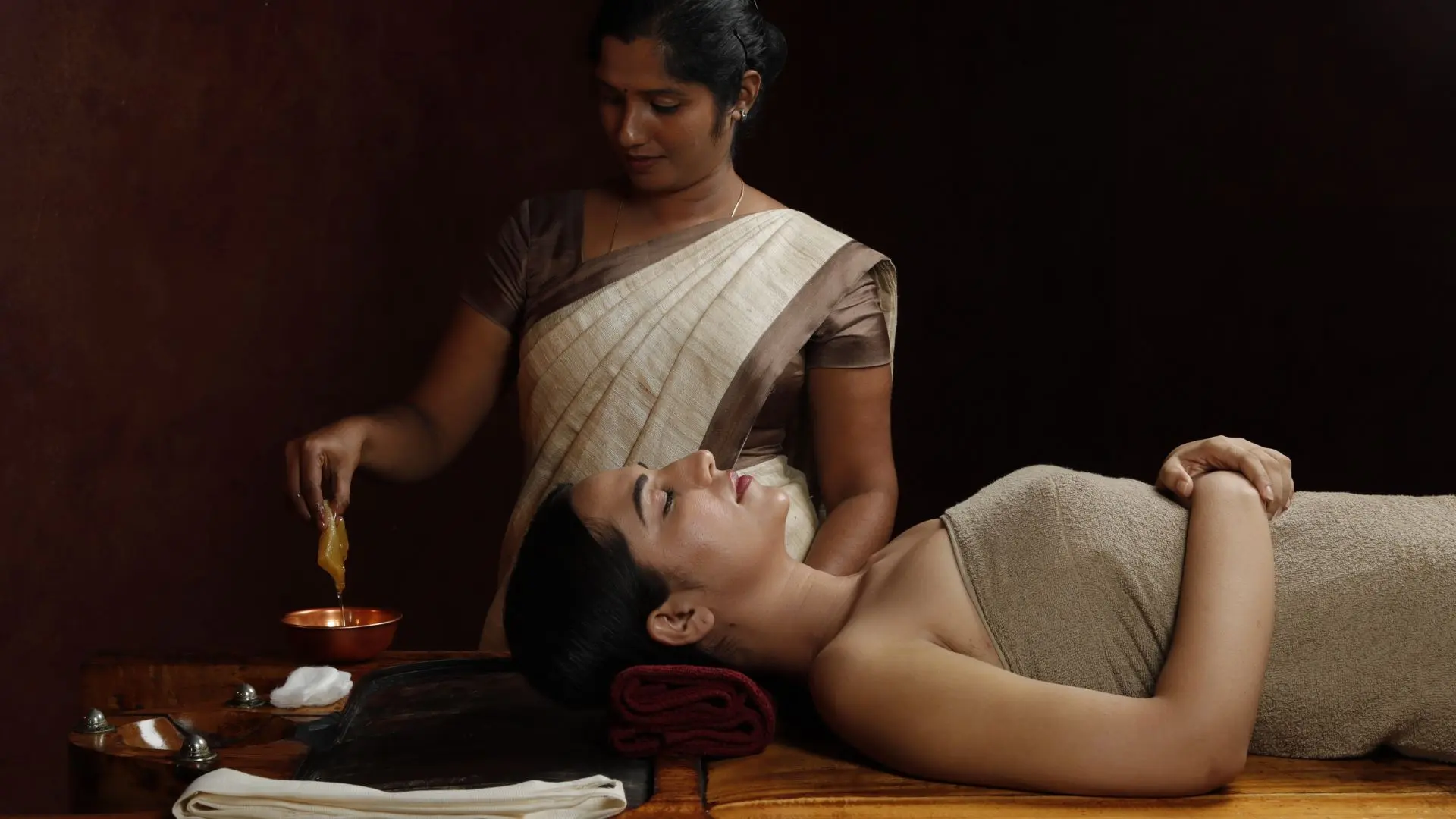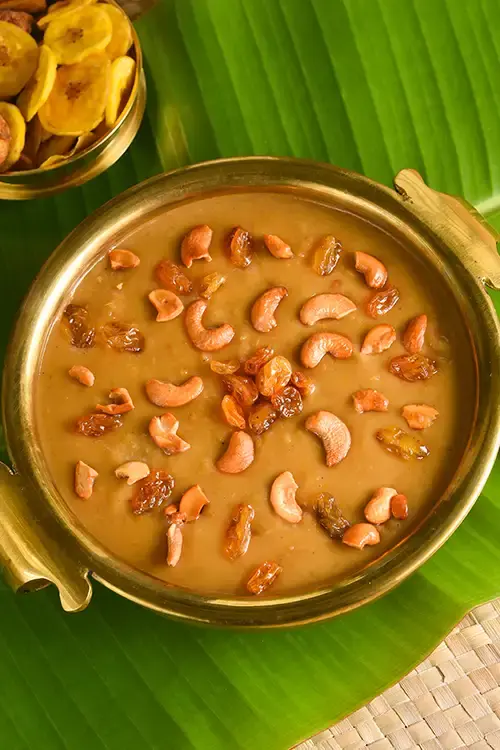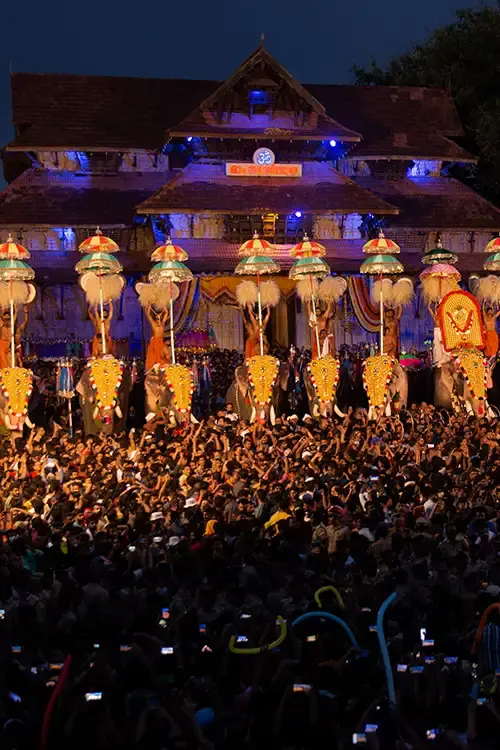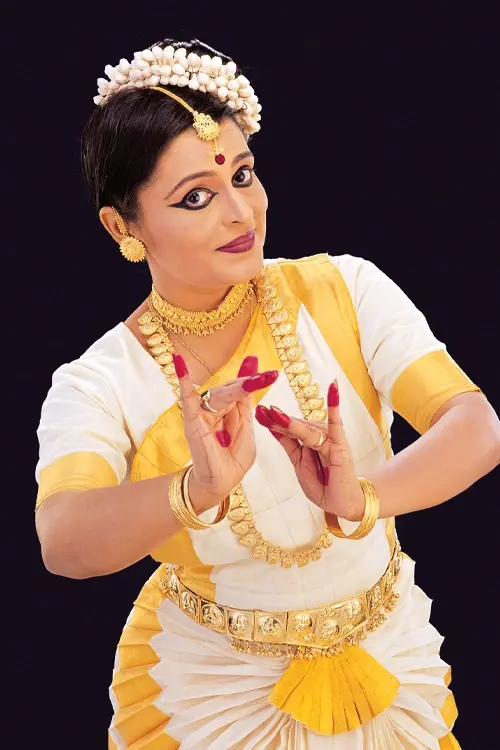FAQ
Kathakali Music
The evolution of Kathakali music is deeply entwined with the development of the dance-drama itself. The musical style associated with Kathakali, known as Sopana Sangeetham, has its roots deeply embedded in the cultural and religious traditions of Kerala.
Sopana Sangeetham is a distinctive musical style that originated in Kerala and is closely linked to the Sopanam, the sacred set of steps leading to the inner sanctum of a temple.
Similar to Carnatic music, Kathakali music incorporates a wide array of ragas and talas. The ragas utilized in Kathakali often belong to the Sopanam genre, including Samantha Malahari, Puranceru, Paati, Huseini and Indalam. These ragas contribute to the distinctive aesthetic and emotional expressions of Kathakali performances.
The musical accompaniment in Kathakali involves various instruments. The lead singer, referred to as the Ponnani, and the assistant, known as the Shinkiti, vocalize the text of the play known as aattakatha. They utilize a shruthipetti (pitch-keeping device) for maintaining the correct pitch. The chengila (gong) and ilathalam (cymbals) are employed to highlight the rhythm. Additionally, percussion instruments like chenda, maddalam and idakka play a crucial role in providing a dynamic musical backdrop to the performance.
The history of Kathakali music has witnessed several changes and reforms. Initially, there was only one lead singer, but later, an assistant singer, known as the Shinkiti, was introduced. The use of traditional instruments like chengila evolved with the introduction of newer instruments such as the harmonium and shruthipetti, reflecting advancements in musical technology.
The singers in Kathakali synchronize their music with the movements and expressions (bhavas) of the actors. This synchronization enhances the overall impact of the performance, creating a harmonious fusion of dance and music.






